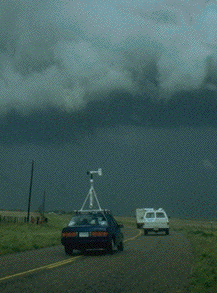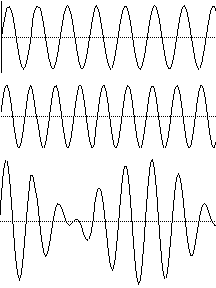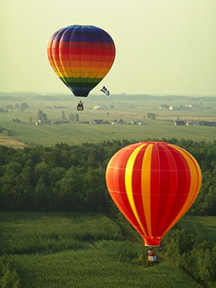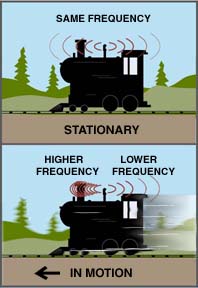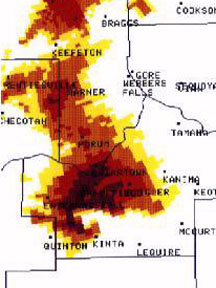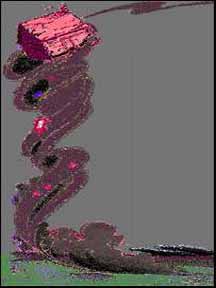Chasing Tornadoes
Storm chasers are different than storm spotters. Chasers travel around Tornado Alley looking for severe storms and tornadoes. Sometime there are dozens of chasers following the same storm. All kinds of people are chasers. You don't have to be a scientist doing research. In fact, most people aren't doing research. They chase storms mainly because they are interested in meteorology and because they want to see severe weather in person. Sometimes people go out expecting to see a tornado on their first day. Some experienced chasers say they spend 10-12 days hunting for every minute they see a tornado. And that's for experienced chasers!


